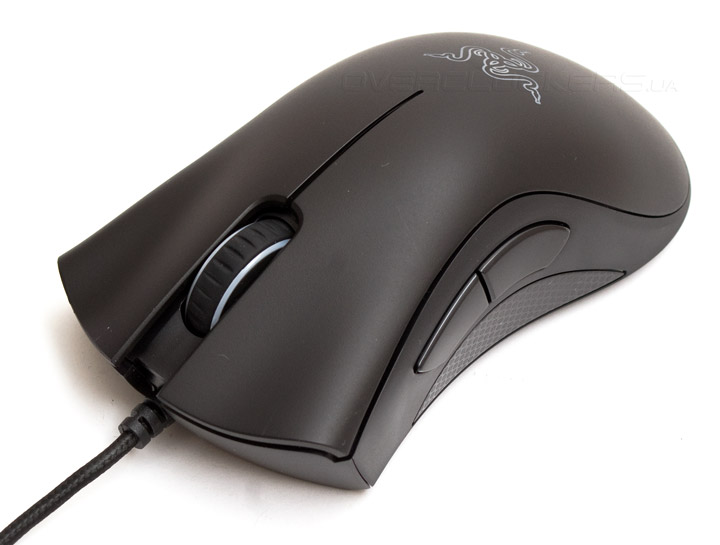
Again, make sure the DPI doesn't drop too low when you do this. Like in Photoshop, you can set the physical width and height instead. The Y Resolution should update automatically, too. Enter your preferred DPI next to X Resolution, set in pixels/in. It's basic math-just divide the number of pixels by the DPI. To change the DPI of an image in GIMP, go to Image > Print Size. Print the same image at 180 dpi and it will be 10 inches wide. So, if you print an 1800 pixel wide image at 300 dots-per-inch, the printed image will be six inches wide.

A pixel in a digital image is equivalent to a dot in a print. Most good home printers can output at 300 dpi, which is the recommended minimum for high-quality printing, and professional printers much higher. In simple terms, a higher DPI means a higher quality print. You need to understand how DPI works because it controls the two most important things in printing: The DPI setting determines how many dots the printer drops onto every square inch of the image-300 dpi means 300 dots of ink, while 150 dpi is half as much.

DPI stands for "dots-per-inch," and is a specification for printing and for setting the print resolution of an image.Ī print is made from millions of tiny dots of ink.


 0 kommentar(er)
0 kommentar(er)
